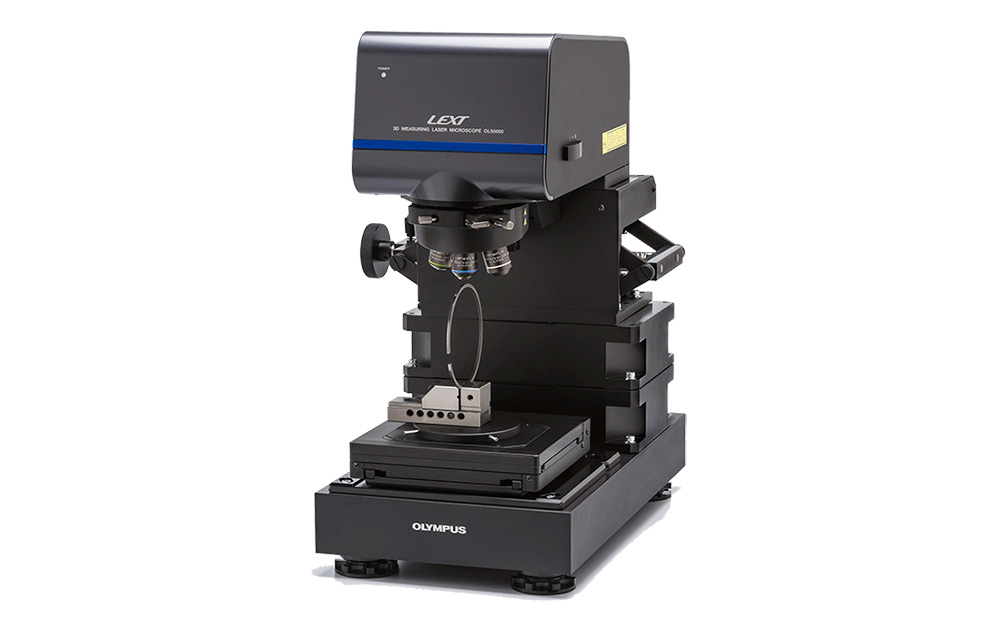Technical Blog
How Minimizing Tube Surface Roughness Can Improve Your Productivity

Surface finishing is an essential part of tube manufacturing, but it is often an afterthought. A smooth surface is an important requirement to ensure optimal media flow, while a rough surface can lead to trouble down the road. The right stainless steel tubing manufacturer will have the surface finishing expertise and capabilities to make sure you avoid the difficulties associated with a rough surface. When specifying your stainless steel tubing, make sure you discuss your surface smoothness needs with your manufacturer. Here’s why:
When it comes to transporting fluids, the inner diameter (ID) of your stainless steel tube must be as smooth as possible. A rough surface can cause residual materials to stick to the tube and slow the flow of fluids. Medical and laboratory equipment demand particularly smooth ID surfaces without burrs to deliver high-purity fluids.
There are also times when the job calls for a smooth outer diameter (OD). For example, many customers braze their tubes to another object. The smoother the OD surface, the better the brazing will hold. Smooth ODs are often a requirement for military applications.
How HandyTube Delivers Smooth Stainless Steel Tubing to Your Requirements
During production, we run a mandrel inside the tube to set the wall thickness. The process continues with additional mandrel draws until the final size is achieved. We measure the ID size using digital micrometers and gauge pins. We also obtain a highly detailed picture of the tube’s surface using an Olympus laser confocal microscope. The microscope’s 4k scanning resolution allows our test engineers to view the surface at various depths, detecting near-perpendicular surface features and very low slopes.
Thanks to our drawing and testing capabilities, we can achieve roughness averages down to 15 Ra to satisfy most smoothness requirements. For applications requiring even higher precision and smoothness, we partner with electropolishing specialists to achieve glossy, micron-smooth surfaces. This technique is especially desirable in semiconductor fabrication operations where ultra-high media purity is critical. We’re also adding newer drawing equipment that will meet surface roughness with precision down to a few thousandths of an inch.
Not only do we meet surface finishing requirements for conventional stainless steel grades like 304 and 316, we can smooth surfaces for many less-common or even expensive alloys, providing the right finish for almost any surface material you choose.
Proprietary Processes and Advanced Instruments Make a Difference
Many applications that call for stainless steel tubing also require the smoothest surfaces possible. But when it comes to surface finishing, not all tubing suppliers are the same. Our proprietary processes minimize surface roughness to ensure optimal media flow and trouble-free brazing. And, we employ state-of-the-art test instruments like touchless laser confocal microscopes to provide the most accurate profiles of tube surfaces. The result: greater material transport and productivity for your application.
To learn more about HandyTube’s surface finishing capabilities for stainless steel tubing, contact our sales team.







